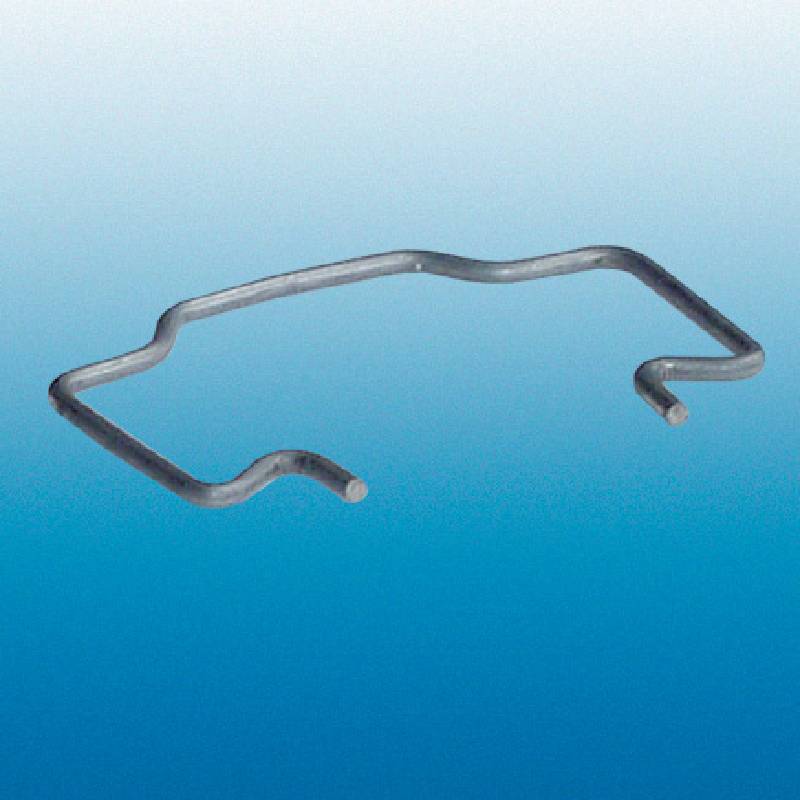
- Mobile Phone
- +8613931874955
- sales@cntcmetal.com
Cost Analysis of Cavity Wall Ties for Construction Projects and Long-Term Benefits
Cost Analysis of Cavity Wall Ties A Comprehensive Overview
Cavity wall ties are crucial components in the construction of cavity walls, which are designed to provide insulation and protection against moisture ingress. These ties serve as structural supports that keep the inner and outer walls together, ensuring stability and durability. One of the significant considerations for contractors, builders, and homeowners alike is the cost associated with cavity wall ties.
The expenses linked to cavity wall ties can vary significantly based on several factors including the type of tie used, the material from which it is made, the size of the construction project, and the local market conditions. The following sections will outline these cost factors in detail.
There are various types of cavity wall ties available in the market, including stainless steel, galvanized steel, and plastic ties. Stainless steel ties, known for their durability and corrosion resistance, tend to be more expensive than their galvanized counterparts, which are coated to prevent rusting but may not provide the same longevity. Plastic ties are generally the most affordable option, but their suitability varies based on specific building codes and environmental conditions.
Typically, the cost of wall ties can range from $0.15 to $0.50 per tie for galvanized options, whereas stainless steel ties can cost between $0.50 to $1.50 each. The choice of material is often influenced by the building's location, climate, and specific structural requirements, which also impacts the overall budget.
2. Quantity Required
The number of cavity wall ties required for a project is another critical factor affecting cost. Building codes and structural engineering recommendations often dictate the spacing and quantity of ties needed based on the wall's height and the type of construction. On average, a standard requirement is about 2-4 ties per square meter of wall area. Therefore, for a house with significant wall surface area, the costs can accumulate quickly.
cavity wall ties cost

For example, a building project that requires 10,000 wall ties would incur material costs ranging from $1,500 to $15,000 depending on the tie type chosen. Neglecting the installation costs, which can also vary significantly based on labor rates and complexity of the installation process, is crucial for accurate budgeting.
3. Installation Costs
Beyond the raw material costs of the wall ties, the installation process is another significant expense that must be considered. The labor costs can vary widely depending on the complexity of the installation, regional labor rates, and whether the work is being performed by a general contractor or a specialized masons. In general, installation labor can add another 15-25% to the total cost of materials.
Additionally, unforeseen circumstances such as structural issues or the need for additional reinforcement can also increase labor costs. Therefore, it is advisable to consult with experienced professionals who can provide accurate estimates based on the specific project’s requirements.
4. Long-term Considerations
While the initial cost of cavity wall ties may appear to be a significant expense, it’s important to consider their long-term benefits. Properly installed cavity wall ties can enhance the overall integrity of a building, reduce the likelihood of moisture problems, and ultimately save on future repair costs. Investing in higher-quality ties may lead to better performance and longevity, yielding savings in the future.
Conclusion
In summary, the cost of cavity wall ties is influenced by several factors, including type and material, quantity required, and installation expenses. Understanding these variables is essential for anyone involved in construction or home renovation projects to make informed financial decisions. By carefully evaluating the options and consulting with industry professionals, it is possible to balance initial expenses with long-term benefits, ensuring a robust and resilient building structure.
share:
-
Your Source for Concrete Wall Ties and Masonry AccessoriesNewsJul.10,2025
-
Unlocking the Power of Iron Wire for Every ProjectNewsJul.10,2025
-
Explore Advanced Chain Wire and Stainless Steel Mesh FencingNewsJul.10,2025
-
Discover the Benefits of Annealed Wire ProductsNewsJul.10,2025
-
Discover China Stainless Steel Wire Mesh SolutionsNewsJul.10,2025
-
Build with Confidence Using High-Performance Masonry AccessoriesNewsJul.10,2025
-
Why Sacrificial Formwork Is Redefining Underground ConstructionNewsJun.06,2025



















